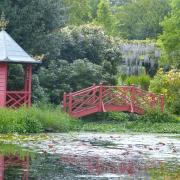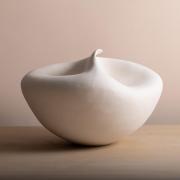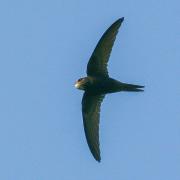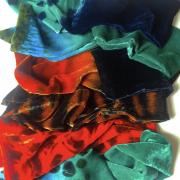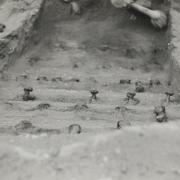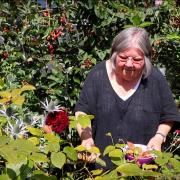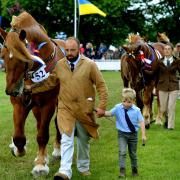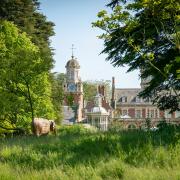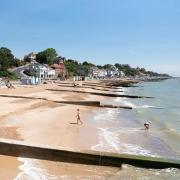The RSPB’s Aggie Rothon has some wild ideas about beautiful bouquets for a summer wedding

Weddings seem to be like buses, you don’t attend one for years then suddenly the invitations pour in.
Last year my spring and summer were chock full of weddings, but this year hardly any of my friends are getting hitched. It’s a shame really, because we’re apparently in for a warm, sunny season. Great news for anyone celebrating their big day in the next few months.
A bit of warmth also means bouquets will be at their prettiest. There seems to have been an upsurge in the number of couples choosing to use native, home-grown or wild flowers for their wedding, which is good both for plant and insect life.
Wild flowers and plants play a fundamental role. Their colour and character light up the landscapes, but without help and conservation efforts, this priceless natural heritage is in danger of being lost.

It is estimated that each county, on average, loses one wild flower species every two years. There were once natural wild flower meadows in every parish, but today only 2% of the meadows that existed in the 1930s remain. Nearly 7.5 million acres of wildflower meadow have been lost and they are still being destroyed.
Choosing to support wildflowers in any way we can, be it growing them for weddings, growing them in our gardens or supporting Plantlife, an organisation that works to conserve our wildflower heritage, will help to stop the loss of floral biodiversity throughout the UK.
So, which wildflowers would look good in a wedding bouquet? Well, if the happy couple like bold colours, yellow bird’s-foot trefoil, bright blue cornflowers or hot pink corncockles can add zing to any celebration. Plants such as the pastel-coloured field scabious or meadowsweet can add texture – both have fluffy, frothy heads.
Knapweed adds a spikier edge with purple bottle-brush heads and pointed leaves. All these flowers can be sown in our gardens and cut ready for the big day. Remember to let some stems go to seed so that a new generation of plants can grow and spread the following year.

Even if the grassland flowers don’t float your boat, you can still help wildlife by using flowers that provide nectar for bees and butterflies throughout their growing season. You can cut some for table decoration and bouquets, while excess flowers can be left for the benefit of wildlife. Flowers such as calendula, ox-eye daisies and snapdragons are all nectar-rich, colourful and pretty – great for bees and fantastic additions to any wedding.
For longer lasting benefits to wildlife, using wildlife-friendly plants as wedding favours can have a really positive impact. At a recent wedding I attended the guests were all given miniature pots of herbs to take home and plant out in our gardens. All sorts of insects took great pleasure in feeding from the flowers that summer and I hope will continue to use the herbs this year.
Particular favourites are chives, thyme and oregano – all herbs that taste and look good and are beneficial for wildlife. Other couples have given miniature envelopes full of wildflower seeds as wedding favours – a long lasting, beautiful and positive way to celebrate the marriage of two people.
So, if you’re still planning your wedding why not help protect our wild heritage at the same time. Choosing to help nature in this way is not just an investment for one day, but for years to come as well.




